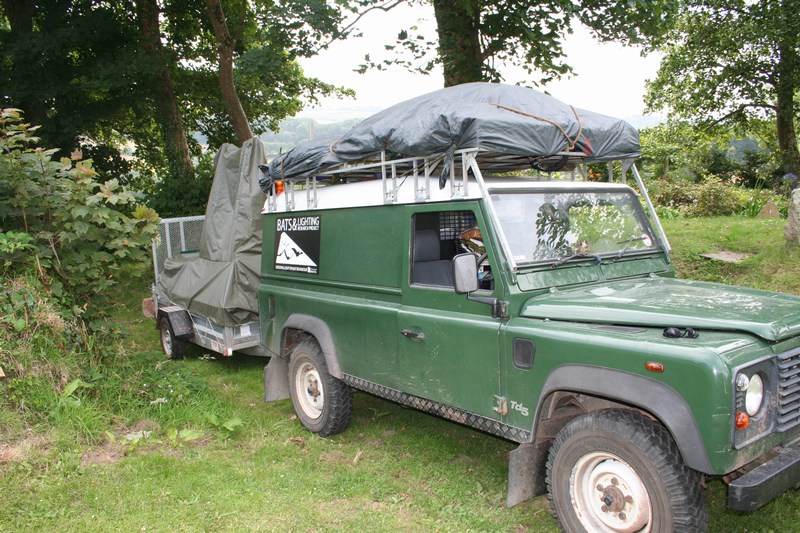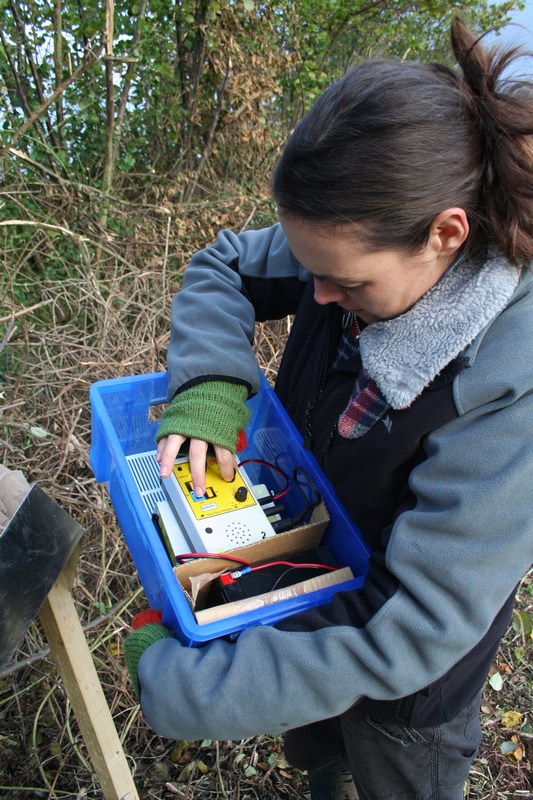Research Life
Posted on Mar 17, 2012
 As UK bats hibernate during the winter we conduct field research
during the months of April to September. We work at sites across
south west England from Gloucestershire all the way through Someret,
Devon and Cornwall. We also have three sites in Wales. Fieldwork is
very intense and we spend at least three months solid working from
site to site spending around 7 nights per site.
As UK bats hibernate during the winter we conduct field research
during the months of April to September. We work at sites across
south west England from Gloucestershire all the way through Someret,
Devon and Cornwall. We also have three sites in Wales. Fieldwork is
very intense and we spend at least three months solid working from
site to site spending around 7 nights per site.

 Every evening we
conduct emergence counts at the roost during the lighting
experiments. We stand and count bats as they emerge, recording
time and light levels. At the same time we also conduct behavioural
observations at the illuminated hedgrow to record how bats respond
to light disruption along their commuting route. During the day we
download the data from the AnaBat detectors and work through all the
bat call sonograms in Analook 3.3Wg to identify which bats have
been using the hedges.
Every evening we
conduct emergence counts at the roost during the lighting
experiments. We stand and count bats as they emerge, recording
time and light levels. At the same time we also conduct behavioural
observations at the illuminated hedgrow to record how bats respond
to light disruption along their commuting route. During the day we
download the data from the AnaBat detectors and work through all the
bat call sonograms in Analook 3.3Wg to identify which bats have
been using the hedges.